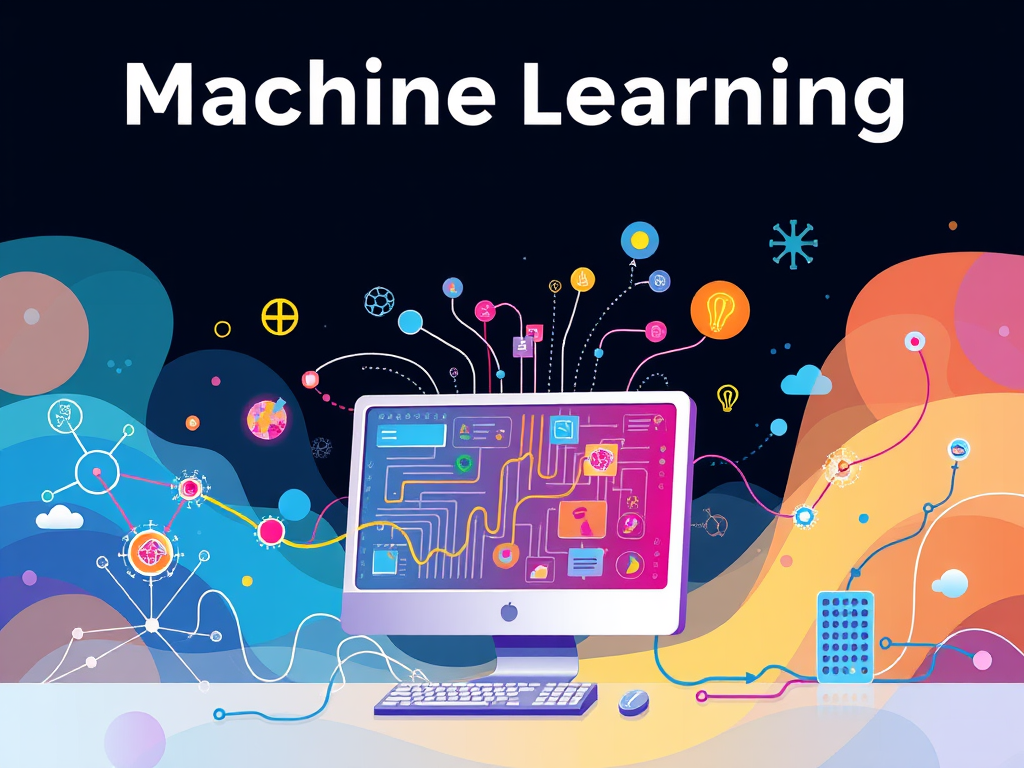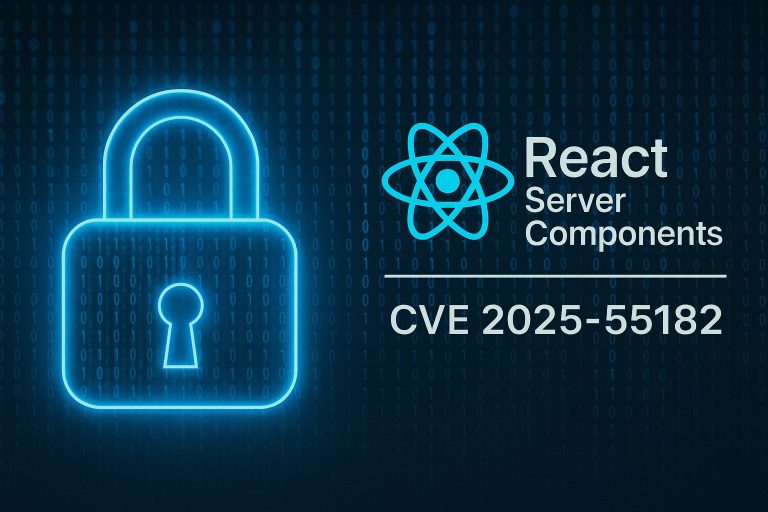
Machine learning (ML) is a branch of artificial intelligence that allows computers to learn from data and make decisions without being explicitly programmed. This technology is everywhere, from recommending movies on streaming platforms to enabling self-driving cars. If you’re interested in this exciting field, here’s a comprehensive guide to help you get started.
1. Learn the Basics
Understanding the foundational concepts of machine learning is crucial. Here are some key ideas:
Types of Learning
- Supervised Learning: This involves training a model on labeled data. For example, if you want to teach a computer to recognize cats and dogs, you provide it with many images labeled “cat” or “dog.” The model learns to differentiate between the two based on these labels.
- Unsupervised Learning: In this case, the model works with unlabeled data to find patterns or groupings. For example, it might analyze customer data to segment customers into different groups based on purchasing behavior.
- Reinforcement Learning: This type of learning involves training a model through trial and error. The model makes decisions and receives feedback in the form of rewards or penalties. A common example is teaching a robot to navigate a maze by rewarding it for reaching the end.
Recommended Reading
- Books:
- “Hands-On Machine Learning with Scikit-Learn, Keras, and TensorFlow” by Aurélien Géron: This book provides practical examples and is great for beginners.
- “Pattern Recognition and Machine Learning” by Christopher M. Bishop: A more advanced book that covers the theory behind machine learning concepts.
- Online Courses:
- Coursera: Andrew Ng’s Machine Learning course is one of the most popular introductory courses. It covers fundamental concepts in an easy-to-understand manner.
- edX: IBM offers an Introduction to Artificial Intelligence (AI) course, which includes machine learning basics.
2. Essential Tools
Programming Languages
- Python: This is the most popular programming language for machine learning. It is beginner-friendly and has a rich ecosystem of libraries that make it easy to implement algorithms.
- R: While Python is widely used, R is also a powerful language, especially for statistical analysis and data visualization. It is favored by many statisticians and data scientists.
Libraries and Frameworks
- Scikit-Learn: This is a user-friendly library for machine learning in Python. It provides simple and efficient tools for data analysis and modeling, making it a great choice for beginners.
- TensorFlow: Developed by Google, TensorFlow is a powerful library for deep learning. It’s widely used in both research and production environments for building complex models.
- PyTorch: Known for its flexibility and ease of use, PyTorch is another deep learning library that is popular among researchers and developers. It allows for dynamic computation graphs, which can be easier to work with than static graphs used in TensorFlow.
Development Environments
- Jupyter Notebook: This is an open-source web application that allows you to create and share documents that contain live code, equations, visualizations, and narrative text. It’s an excellent tool for experimenting with code and visualizing results.
- Google Colab: A free cloud service that allows you to run Jupyter notebooks in your web browser. Colab provides free access to powerful hardware, including GPUs, which can significantly speed up your machine learning tasks.
3. Where to Find Data
Data is the backbone of machine learning. Here are some excellent sources to find datasets for practice:
- Kaggle: This platform not only hosts competitions but also offers a wide variety of datasets across different domains. You can find everything from image data to text data, making it a great place to start.
- UCI Machine Learning Repository: This is a well-known collection of datasets that are commonly used for machine learning research. It has datasets for various tasks, including classification and regression.
- Google Dataset Search: This tool helps you find datasets across the web. You can enter keywords to search for specific data that fits your project needs.
- Government and Academic Websites: Many government agencies and universities publish datasets for public use. Websites like data.gov provide access to numerous datasets across various domains.
4. Join the Community
Connecting with others who share your interest in machine learning can greatly enhance your learning experience:
- Online Forums: Platforms like Stack Overflow and Reddit have active communities where you can ask questions, share ideas, and learn from others’ experiences. Look for subreddits related to machine learning, data science, and artificial intelligence.
- Meetups and Conferences: Attend local or virtual tech meetups and conferences to network with professionals in the field. These events often feature talks and workshops that can deepen your understanding and expose you to new ideas.
- Social Media: Follow machine learning experts and organizations on platforms like Twitter and LinkedIn. Many professionals share valuable insights, articles, and resources.
5. Practice with Projects
Hands-on experience is one of the best ways to learn. Start with small projects and gradually work your way up to more complex ones:
- Image Classification: Use a dataset like CIFAR-10, which contains images of different objects. Build a model that can classify these images correctly.
- Predictive Modeling: Try using Kaggle datasets to predict outcomes, such as housing prices or customer churn. This will help you understand how to apply machine learning algorithms to real-world problems.
- Natural Language Processing (NLP): Create a sentiment analysis model that can determine whether a piece of text is positive or negative. You can use Twitter data or movie reviews for this project.
- End-to-End Projects: As you gain confidence, consider working on end-to-end projects that involve data collection, cleaning, modeling, and deployment. This will give you a comprehensive understanding of the machine learning workflow.

6. Keep Learning
Machine learning is a rapidly evolving field, so it’s important to stay updated:
- Blogs and Websites: Follow blogs like Towards Data Science, Medium, and Distill.pub for articles on new techniques, tools, and research. These resources often break down complex topics into easy-to-understand formats.
- Podcasts and Webinars: Listen to podcasts and attend webinars on machine learning topics. These formats can provide insights from industry leaders and researchers.
- Online Competitions: Participate in competitions on platforms like Kaggle. These challenges allow you to apply your skills, learn from others, and gain practical experience.
Conclusion
Starting your journey in machine learning can be both exciting and overwhelming. However, by understanding the basics, using the right tools, and connecting with the community, you can build a solid foundation. Remember to practice regularly and work on projects that interest you. The world of machine learning is vast and full of opportunities, so embrace the learning process and enjoy the journey.




